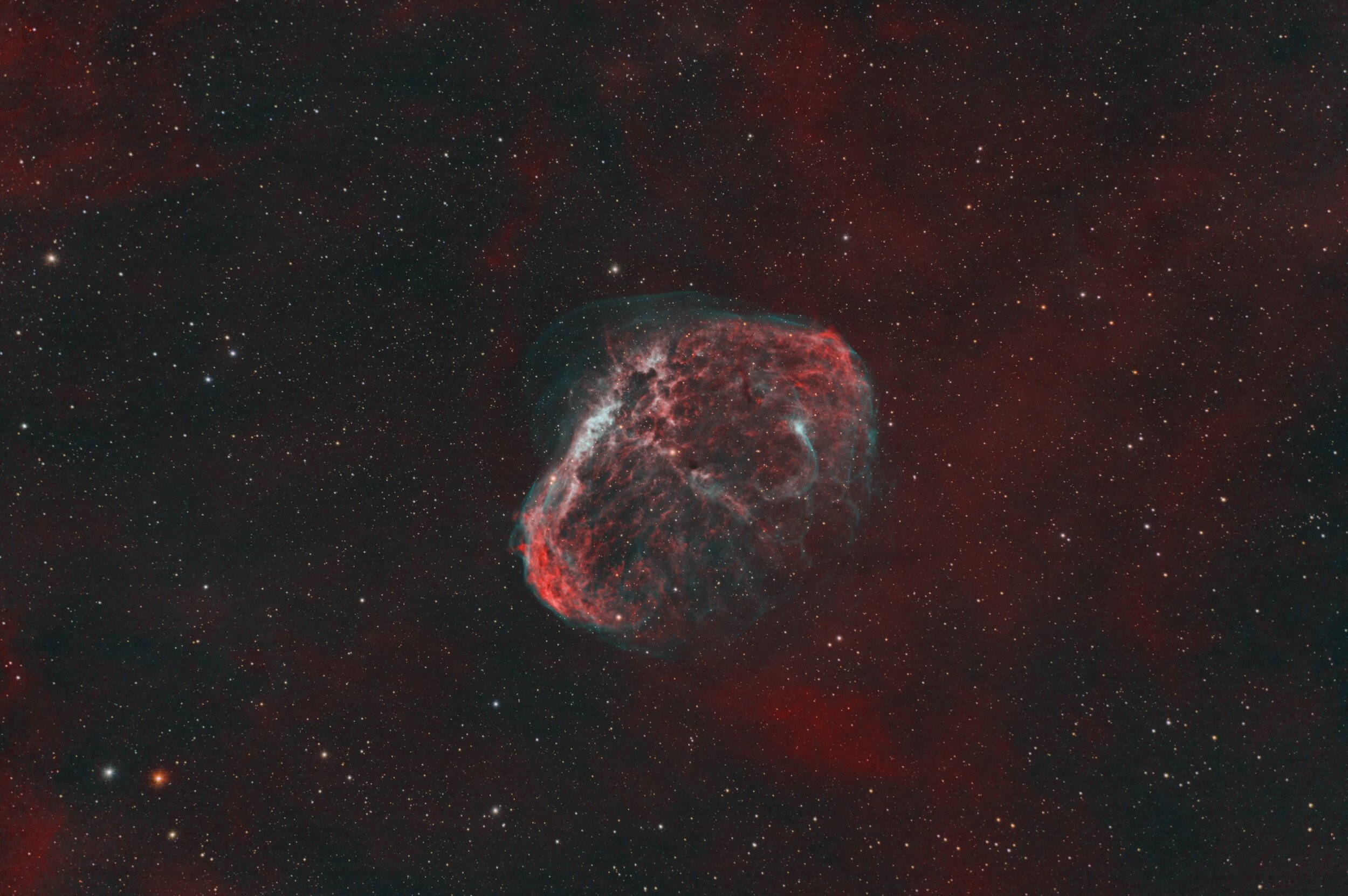

- #Free photo stacking software astrophotography manual
- #Free photo stacking software astrophotography iso
- #Free photo stacking software astrophotography series
The stacking software usually requires the same number of dark frames as normal frames, so if you take 50 frames of the sky, you need to take 50 frames with the lens cap on. These images are called dark frames and the image-editing software uses them to reduce noise through a process called dark-frame subtraction. You also need to take a set of images with the same settings with the lens cap covering the lens. In short, the more images you use the better. The number of frames you use for the image stack makes a difference.

Make sure the focus is set to infinity and the autofocus is turned off.
#Free photo stacking software astrophotography iso
Point the camera at an interesting part of the sky and take multiple images, each with a shutter speed of about 10 seconds, a wide open aperture, and an ISO of 800. This helps to eliminate the random stuff and makes the details stand out. The solution to this problem is to capture multiple images and use the computational power of the editing software to get the average brightness of the scene. This is great if you want to create star trails like those in the photograph that opens this article, but that isn’t the type of image we are looking for here. The other issue you can run into when photographing the sky at night is that if you use a longer shutter speed, the stars will look less like stars and more like streaks of light in the sky. This will not increase the color or make the overall image brighter, but it will give you more information so you can make those adjustments with image-editing software. The goal of stacking multiple images is to increase the signal-to-noise ratio, which gives you more of the information you want with less noise. When you point your camera at the sky and take a single image, you’re only able to capture the brightest stars, even if you use a long shutter speed and high ISO as shown in the photo below. The main issue when photographing the night sky is that very little light reaches the camera. Image stacking in Photoshop is commonly used in the field of astrophotography, which involves taking photos of the night sky, including stars that are very dim and are not always visible to the naked eye.

#Free photo stacking software astrophotography series
Over the next several weeks, Photofocus features a series on multi-shot photography excerpted from “ The Enthusiast’s Guide to Multi-Shot Techniques” by Alan Hess.) Their commitment is producing high-quality books written by pros for photographers who want to learn more about their craft. Rocky Nook is a small - seven-person independent publishing company. If you are imaging faint object such as galaxies, do ensure the Nebula button is not pressed (in red color).( Editor’s note: Photofocus is proud to add Rocky Nook as a vibrant contributor for our readers. Nebula button: Activate it (turns white color) if you imaging bright object such as Orion Nebula. To select a star, tap the star on the screen. After the app starts tracking, you can still select different star for tracking. Alternatively, you can select 2 stars and press start button. Note: You can press start and the app will automatically select stars for tracking. The software will take care of finding the stars and stack them. Move the telescope to keep the galaxy in sight of the eyepiece view.

Insert phone adapter with eyepiece into the telescope.
#Free photo stacking software astrophotography manual
Instruction: Manual focus your telescope to a DSO. Requirement: a simple phone adapter to attach to the telescope eyepiece. It is design for use on manual, goto or eq mount. It reveals things that you cannot see in your telescope alone. It automatically takes care of star finding, tracking, alignment and stacking. This app uses long exposure and image stacking. It takes about a minute to see the spiral arm of M83 on a manual Dobsonian 8" telescope. The app is made in Singapore and is able to capture galaxy M83 on 114mm and 8" telescope. It is not easy to capture the spiral arm of galaxy. M42 Orion Nebula and M51 Whirlpool Galaxy by Mike Weasner.


 0 kommentar(er)
0 kommentar(er)
